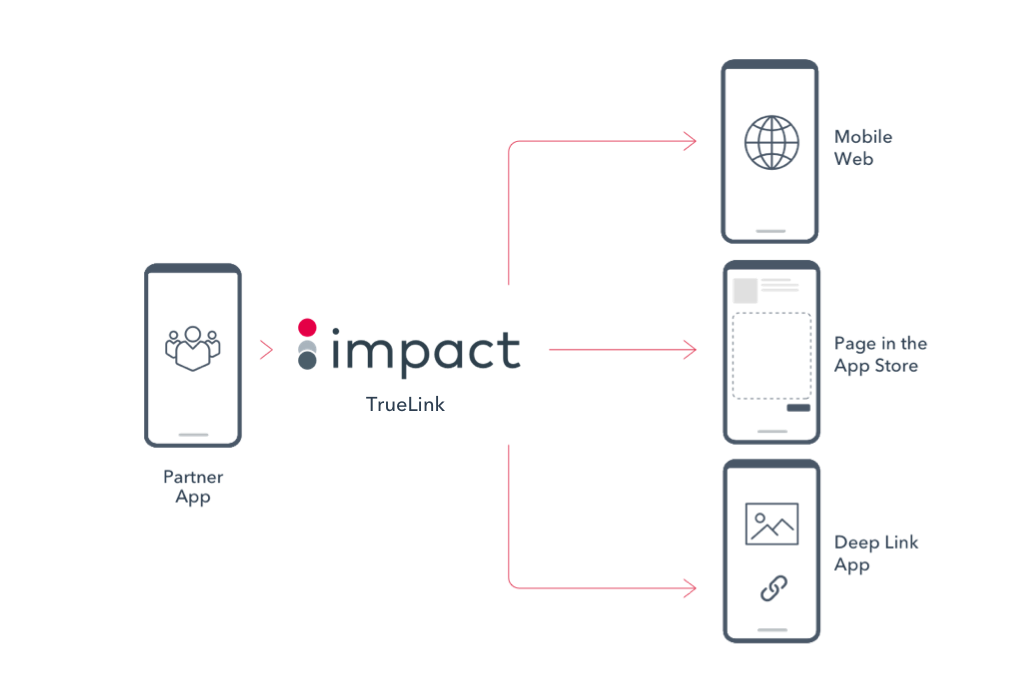How smooth is your customer’s journey with your brand? Is their experience the same whether they engage with you online or off, on mobile device or desktop? Do you know who they are when they interact with you across multiple devices?
Marketers can’t afford to be in the dark when it comes to the details of their customer’s journey and this is why cross-device tracking is so important.
The use of multiple devices throughout the customer journey has become the norm. According to Pew Research, 36% of Americans now have 3 digital devices. They use them to research options from wherever they are, using whichever device happens to be available at the time.
To put this into perspective, let’s imagine that your company makes and sells blenders.
Your ideal customer needs a blender and begins doing research on their desktop. They notice that their local retailer carries a few models that might suit their needs, so they head to the store to check them out.
They see the price listed on the shelf and use their phone to run comparisons, but they’re not ready to make a purchase. Later, your customer casually browses options on a tablet while watching TV. In this relaxed state they make a decision.
Remembering that they had seen a coupon, they head back to their desktop to hunt it down and make the purchase online.
Purchases now occur whenever it is most convenient for your customer and that increasingly happens when they are on the go. If you want more information about this take a look at the eMarketer report showing that retail ecommerce sales from mobile devices has been on the rise and is projected to reach 43% of all ecommerce sales by 2020.
So what does this mean for today’s marketer? It means that without cross device tracking you lack visibility into nearly half of your traffic. Without this information, you cannot accurately monitor customer behavior and prioritize marketing spend toward optimizing their journey. Not convinced? Let’s explore the benefits.
Cross-Device Tracking Provides a More Accurate View of the Customer Journey
All marketers understand the importance of gaining insight into the customer journey, at least conceptually. But, according to a survey conducted by Millward Brown Digital, less than half are confident in their understanding of the customer journey.
To truly understand your customer’s experience you must look beyond the content or media your customer consumed. That is only part of the picture. The broader view incorporates the device that was used to consume those materials.
Without cross-device tracking, your view into the customer journey is incomplete.
It’s as if your customer walked into a black box, did some “stuff” with your marketing materials and came out the other side with your product in hand. How can you impact what happens inside that box if you can’t see what your customer’s experience was?
Cross-device tracking provides a more accurate view of the customer journey. With this information marketers can determine which devices drive consumer behavior and use that knowledge to optimize the customer experience.
Cross-Device Tracking Offers Deeper Insight Into the Impact of Marketing Spend
With limited budgets and increased scrutiny of our marketing spend, we marketers need granular insight into the impact of our activities. Cross-device tracking adds additional granularity to our marketing spend analytics.
Knowing which devices are being used when customers interact with your media can help you make more informed decisions about the types of media in which you invest. Matching media spend decisions to your target customer’s purchasing style will allow you to make adjustments that optimize your spend and ultimately increase return-on-ad-spend (ROAS).
Cross-Device Tracking Expands Customer Journey Insights to Include Offline Activity

Advanced platforms use cross-device tracking to provide marketers with insights that go beyond devices and into offline customer behavior. This technology can combine online and offline consumer activity to build an expanded view of each customer’s journey.
The ability to match consumer activity that takes place separately (such as research on a desktop vs. a purchase made offline) and associate that activity with one person is very important in today’s connected world. Marketers need this unified view of the customer’s journey. This allows us to see the impact of more traditional marketing activities (like direct mail) and create a bridge between these initiatives and online behavior.
Below are some examples of the insights marketers gain with cross-device tracking and how this information can be used to facilitate improvements.
Identify situations where the customer experience with your brand is ineffective.
Doing so will allows you to prioritize content and user experience projects in favor of those that will have the greatest impact.
For example, perhaps you will find that shopping carts are most often abandoned when customers interact with your brand on their phone. Armed with this information, you can make a strong case for prioritizing projects that will make the mobile checkout experience easier.
Map device usage patterns to stages of the buyer journey.
This information will help you identify the media that is most suitable at specific stages and reallocate spend accordingly.
For example, if you find that your customers seek feature comparison information while on the go, you can choose to optimize comparison content for mobile. This means opting for vertically oriented images and/or content that does not consume a huge amount of data.
Customer A is the same person as Customer B.
Cross-device tracking enables you to identify individuals regardless of the device they are using. This information is what marketers need to create a unified experience across all devices and a better experience with our brands.
For example, with this information, you can create a personalized experience for your customers. When they move from one device to the next, you can greet them by name and/or provide them with truly relevant offers. By personalizing your customer’s experience and giving them exactly what they need, when they need it you build trust. This will help you to turn new customers into repeat customers and repeat customers into brand advocates.
Conclusion:
Choosing a marketing analytic platform that provides cross-device tracking empowers us marketers with a deeper, more accurate view of our customer’s experience with our brand. This allows us to build stronger, more personalized connections with our target audience.
Now that you understand the value of cross-device tracking, let’s look at the bigger picture. Download our omnichannel must-haves checklist to explore whether your organization is ready to make use of this technology.




